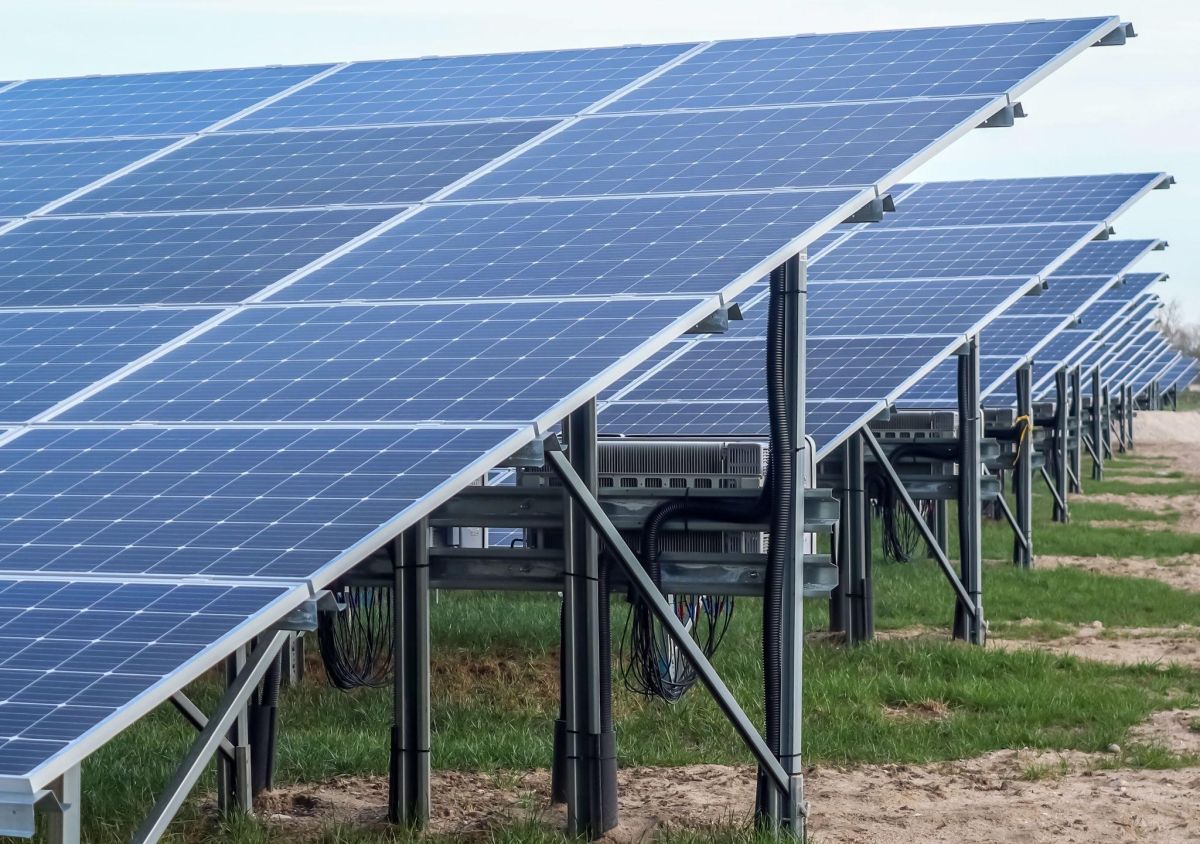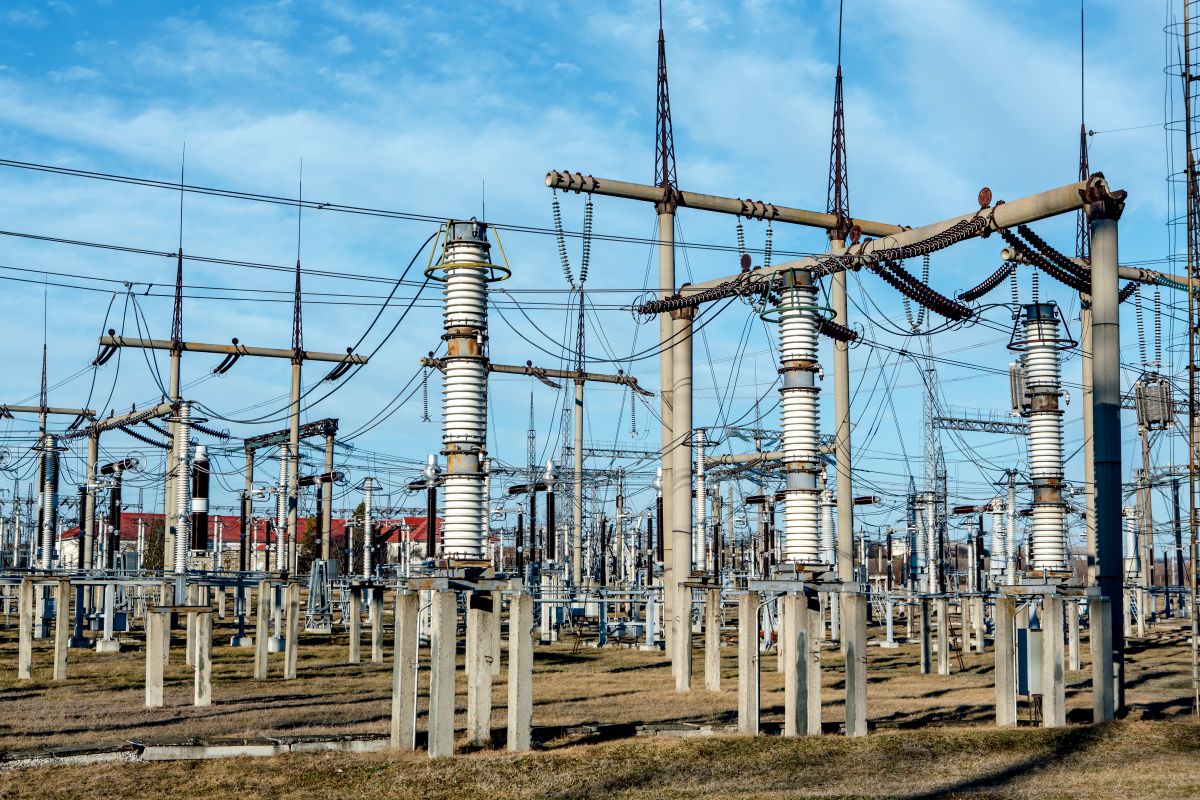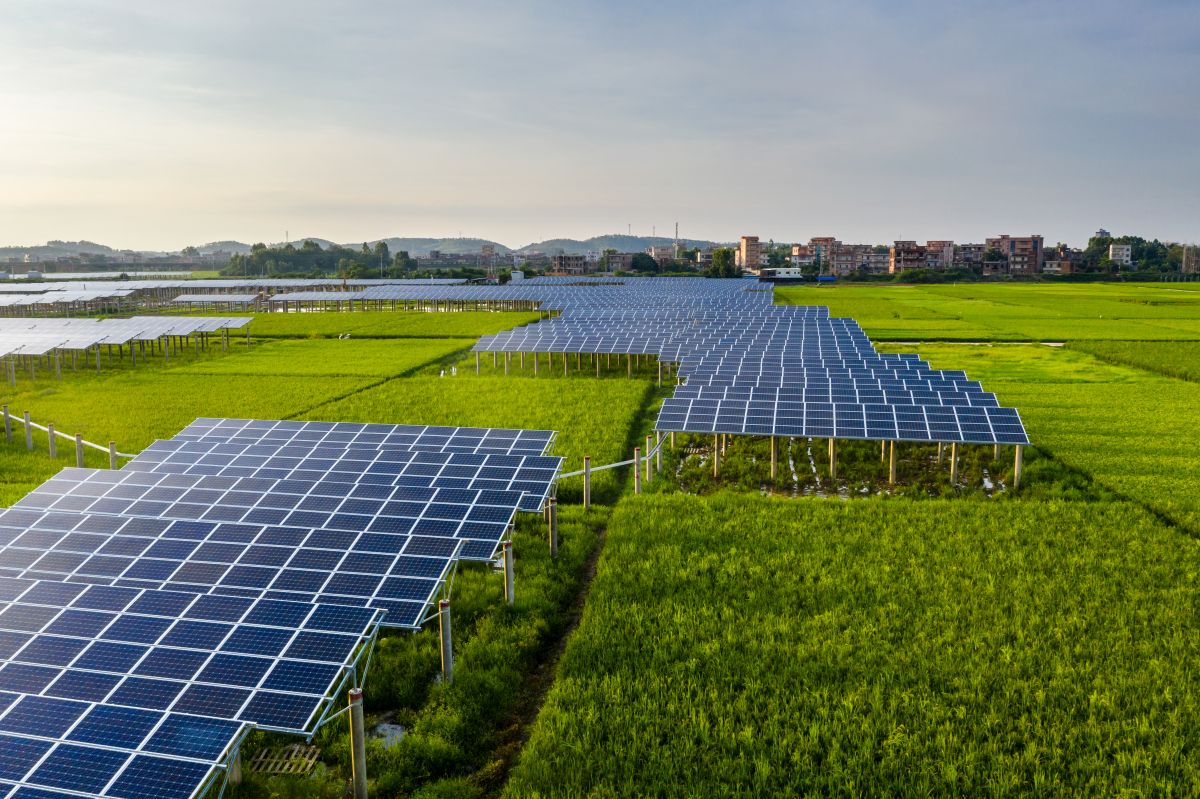WWW.POWER-TECHNOLOGY.COM
Global solar generation has exceeded wind generation for the longest period on record.
According to energy think tank Ember, solar power has been the leading source of utility-scale renewable power output in recent months, surpassing global wind generation by 1.65 terawatt hours (TWh) in May and 9.57TWh in June.
The trend is set to continue into July and August, as these months have historically registered the highest solar output in the year, although data is yet to be released.
Solar generation has exceeded wind previously – in June and August of 2023 – but it failed to record a sustained period of higher generation as it did this year.
Despite this success, solar output is scheduled to decrease from September due to the changing angles of the sun’s rays.
Wind is set to regain the top spot in global renewable energy generation due to rising wind speeds during the winter months across North America, Europe and northern Asia. Other contributing factors include the anticipated completion of several offshore wind projects, as well as the fact that wind power can generate electricity around the clock.
By the end of 2024, total wind generation is expected to be at least 30% higher than total solar generation. This is because the period for peak wind generation is in the winter months. However, wind output can normally register double solar’s output during this period.
Why is growth in solar generation outpacing wind?
Over the past five years, solar generation has begun to close the gap on wind.
Between 2018 and 2023, according to Reuters, global solar generation capacity has risen by 188%. Wind has only registered an 80% increase.
Solar’s momentum continued into 2024. In the first half of the year, global solar generation capacity increased by 26.5% from the same period in 2023. Wind only registered an 8% increase from the same period.
The declining cost of the production of solar modules and faster construction times have led to solar closing the gap on wind technologies.
Silicon is the second most abundant element on the planet and is also present in 95% of all solar modules sold, according to the US Department of Energy. The overabundance of silicon, and slowing demand, has caused the price of silicon-based commodities to plummet in the second quarter of 2024. Solar projects are faster to construct, not only because of cheaper prices but because of the extensive legislative processes associated with wind projects.
In the UK, the new Labour Government has only just overturned the 2015 ban on new offshore wind technologies being built. David Cameron’s legislation in 2015 effectively made new wind projects almost impossible to execute.
The outlook for solar and wind generation
According to Power Technology’s parent company, GlobalData, China, the US, Germany and India are the four leading countries for solar and wind generation across the globe.
In 2023, wind power’s percentage share of total energy generation in China (9.4%) and the US (9.7%) was exceeded solar by over two percentage points (6.2% and 7.4%, respectively). In Germany, solar generation (23.7%) exceeded that from wind (13.77%). Similarly, India generated more electricity from solar (6.3%) than wind (4.5%) in 2023.
However, solar technology held a higher percentage share of installed capacity than wind technologies in each of these countries throughout 2023.
If this trend continues, solar could more regularly be the leading generator of renewable electricity across the globe.
In the short term, growth of solar will continue to shrink wind power’s levels of installed capacity, registering higher periods of generation during the sunniest periods of the year.
In the long term, wind technology is likely to maintain its position as the dominant leader in renewable electricity generation due to the abundance of technologies deployed, both onshore and offshore, and its 24-hour generating capacity.













